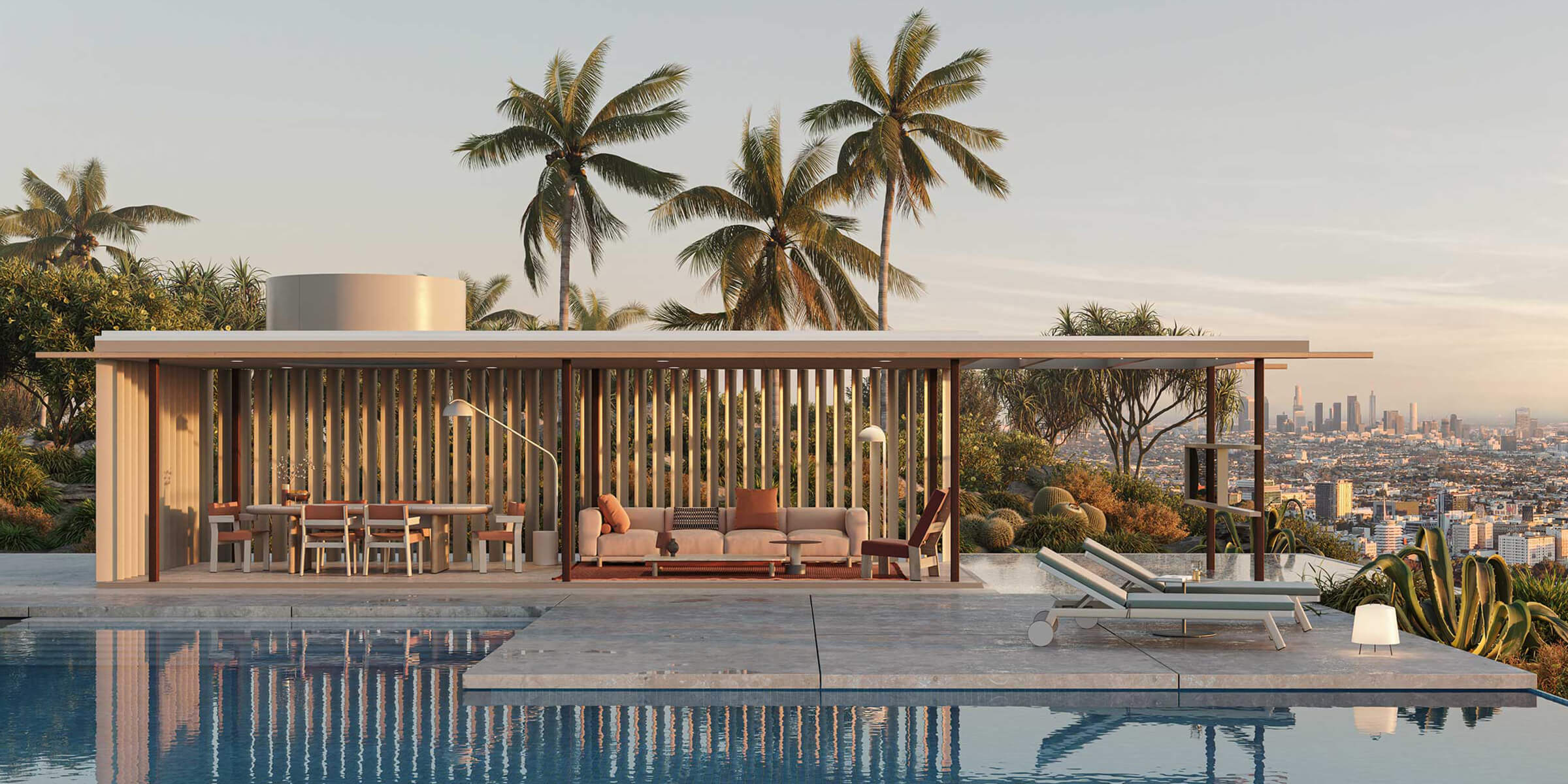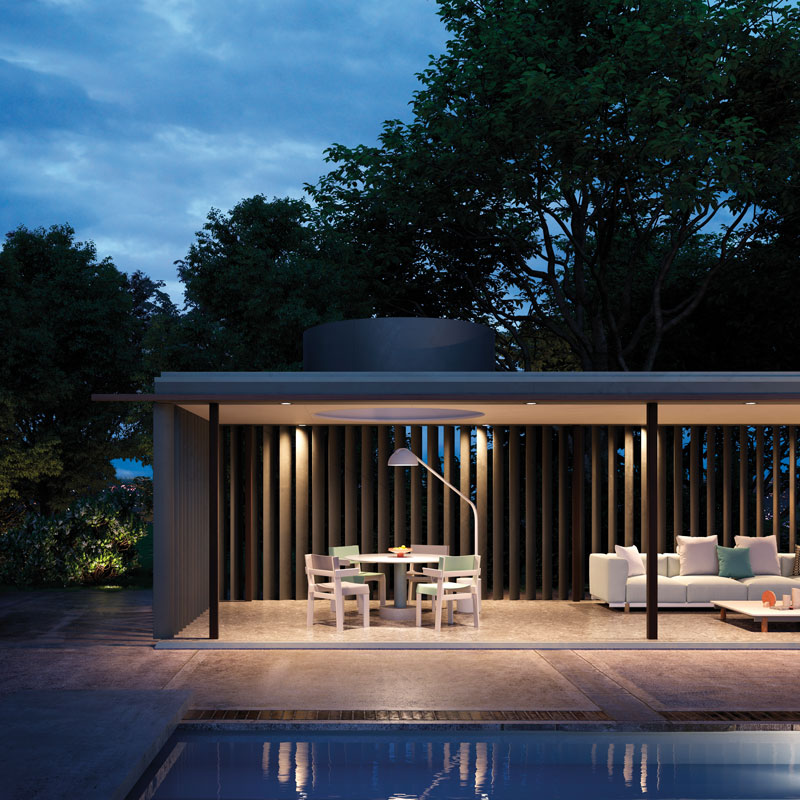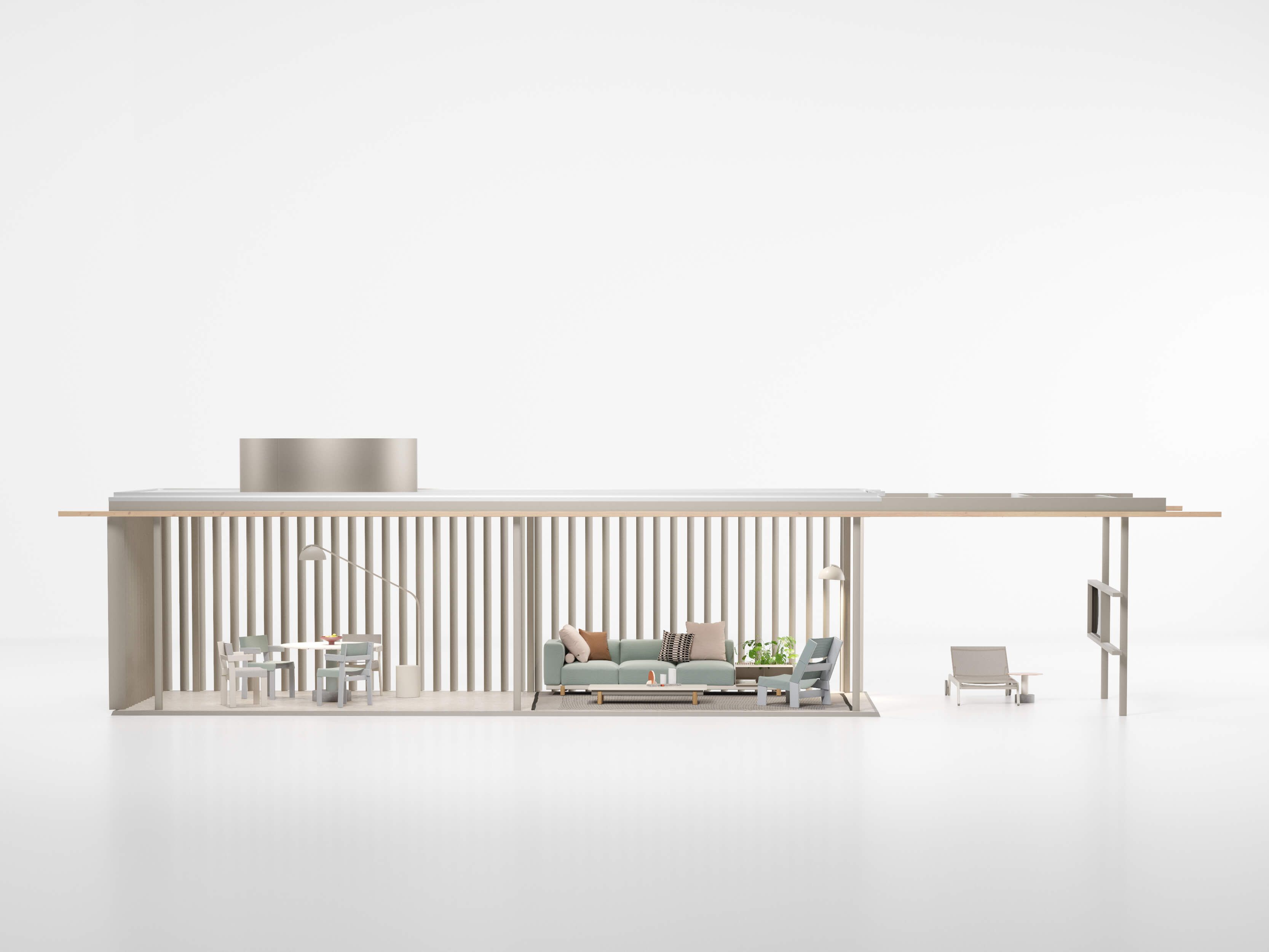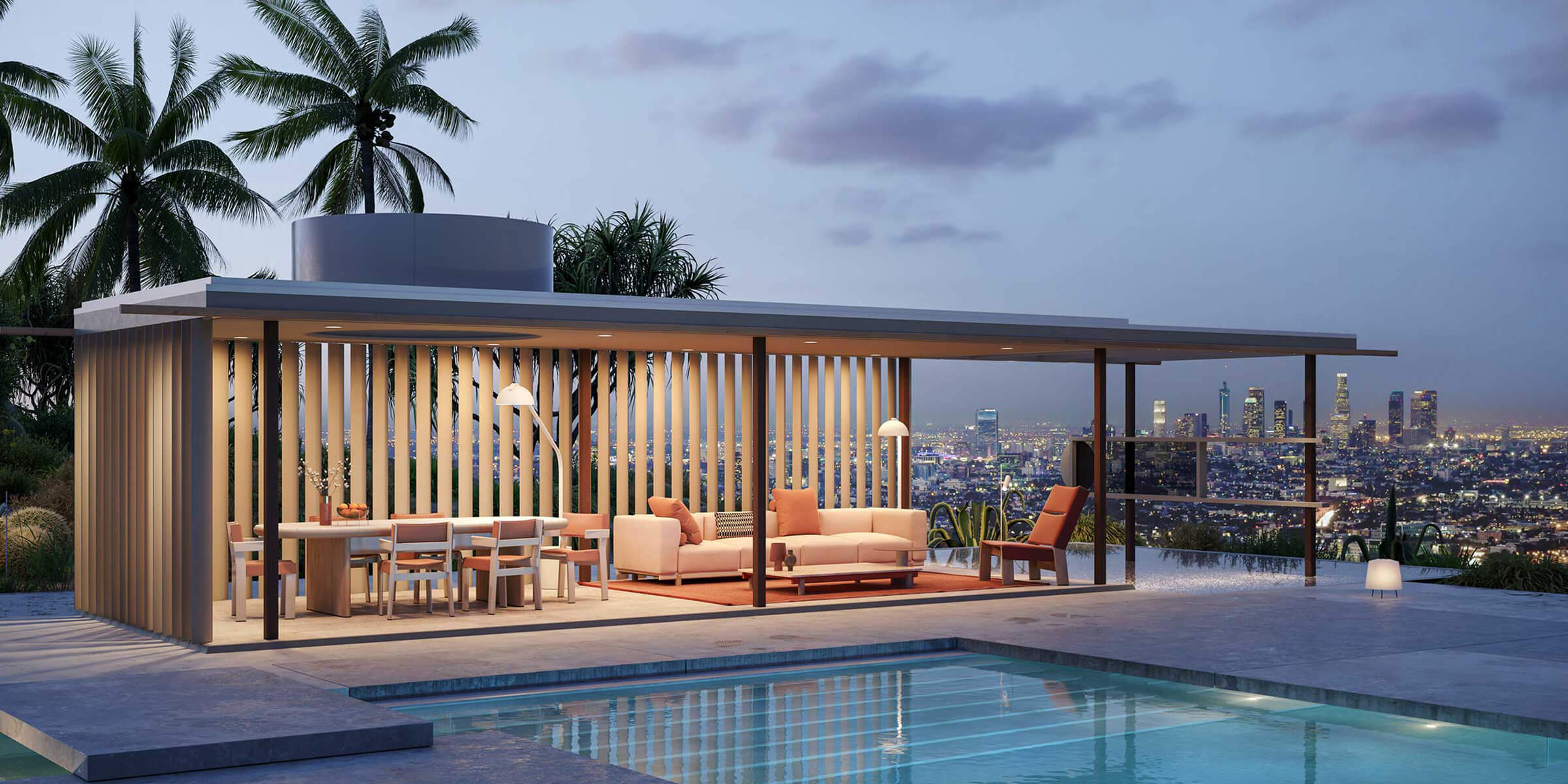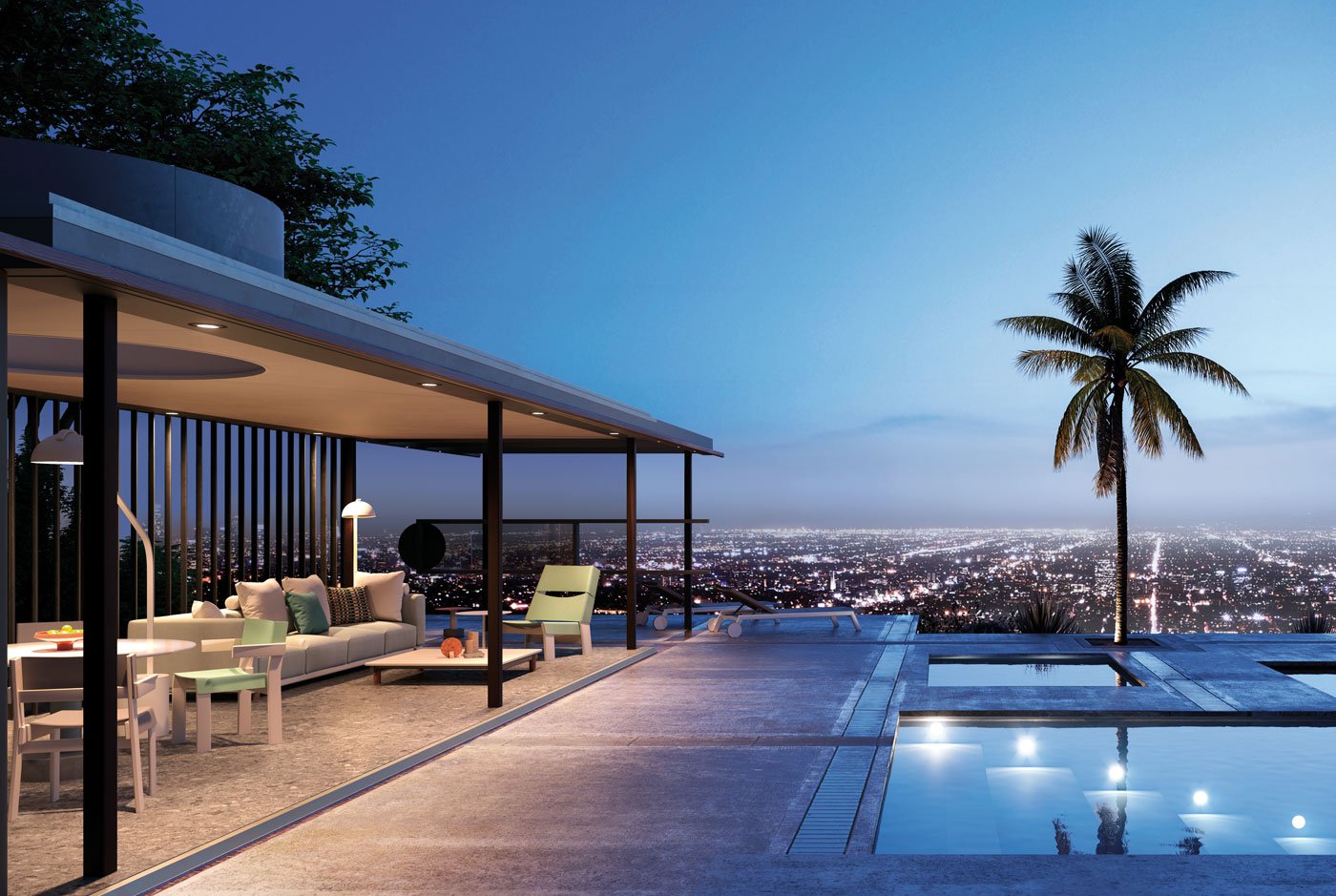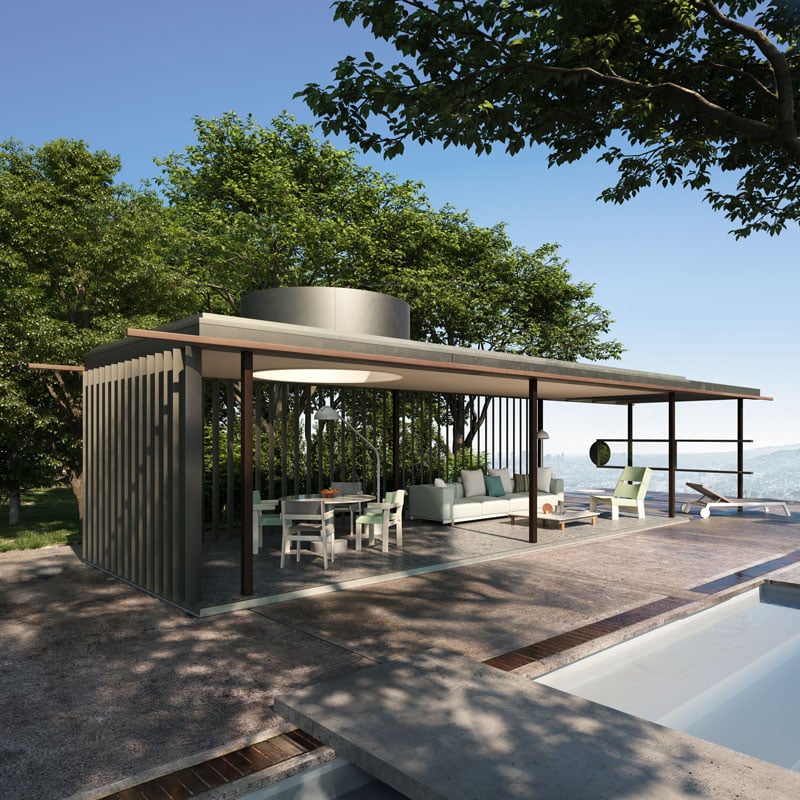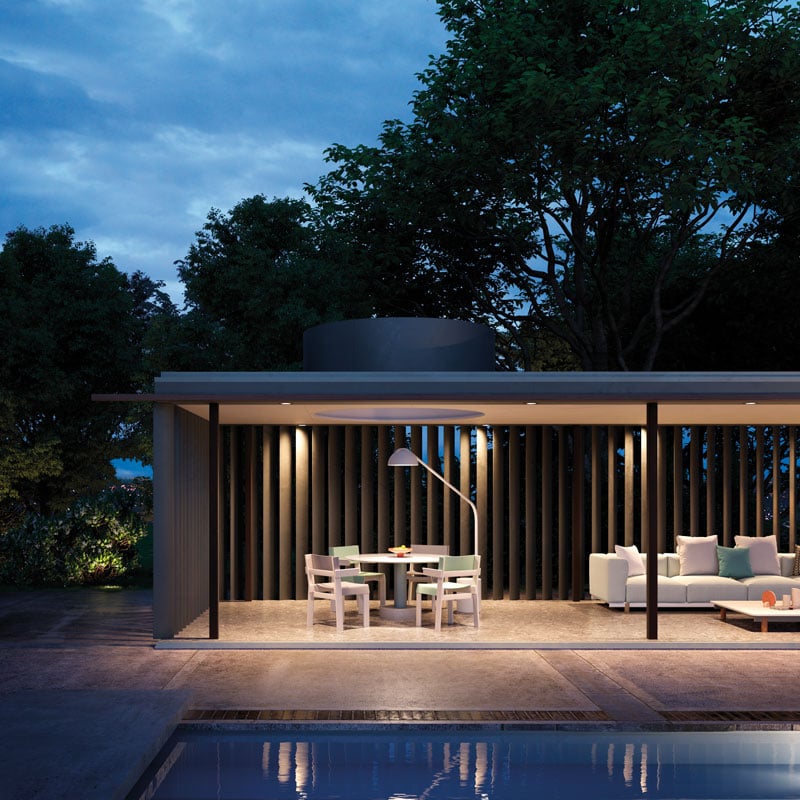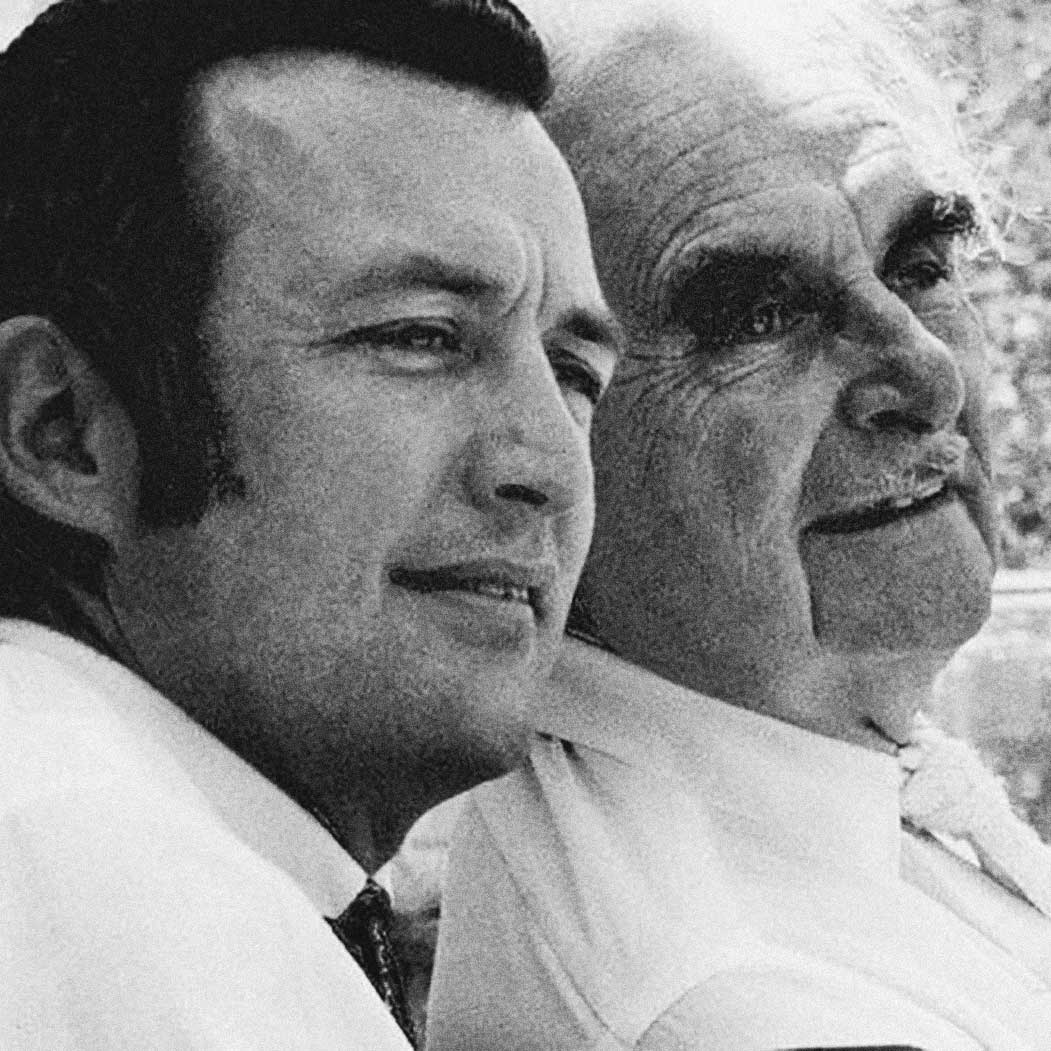VDL
Pavilion
History
In 1932, Richard Neutra built his house thanks to a donation from the Dutch philanthropist Dr Van Der Leeuw (hence the acronym VDL). This house is a particularly important example of Richard Neutra’s work because it encapsulates all the architectural theories that he first posited in his book Wie Baut amerika?, 1927 and later on in his more philosophical reflections Survival Through Design, 1953. Seven years later, when the family had grown, he built an annex in the garden. In 1963, the house was devastated by fire, leaving only the annex standing. At that time, Richard Neutra and his son and colleague Dion Neutra rebuilt the house and added a solarium/ atrium on top of the original structure. He incorporated everything he had learned over the years in this reconstruction: modularity, natural climate control, water roofs, interaction with the natural environment, technological advances, etc. Apart from being his home, the VDL Research House was also his office. In this building, over 30 years, he designed hundreds of international projects. Some of the most representative architects from the Modern American movement also spent time in his practice as apprentices. The house was also a meeting point for the cultural milieu of those times, with visitors such as Julius Shulman, Frank Lloyd Wright, Alvar Aalto, Charles and Ray Eames, Jørn Urtzon and László Moholy-Nagy. In 1990, on the death of Dione Neutra, Richard Neutra’s wife and Dion’s mother, the house was donated to the California State Polytechnic University, Pomona.
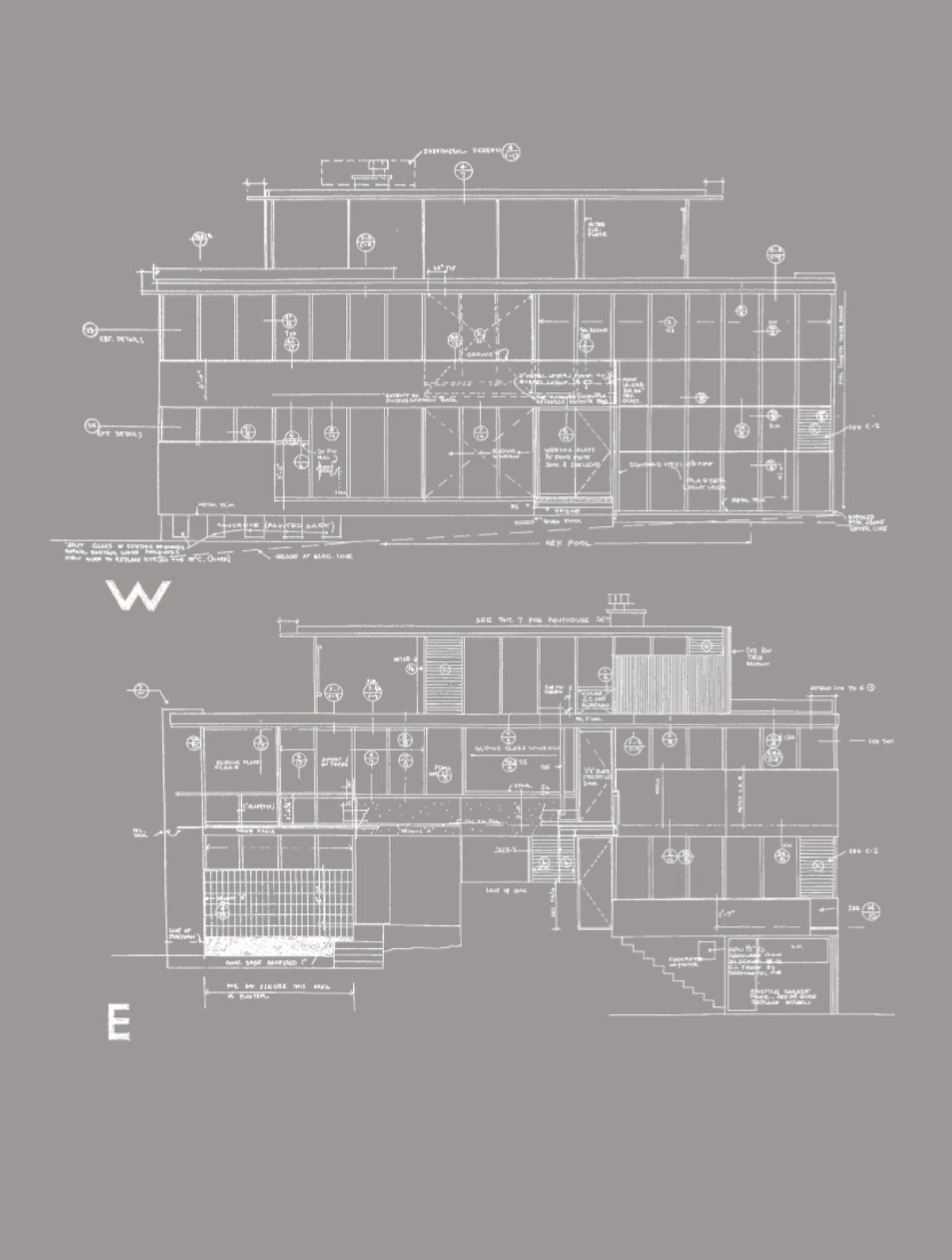



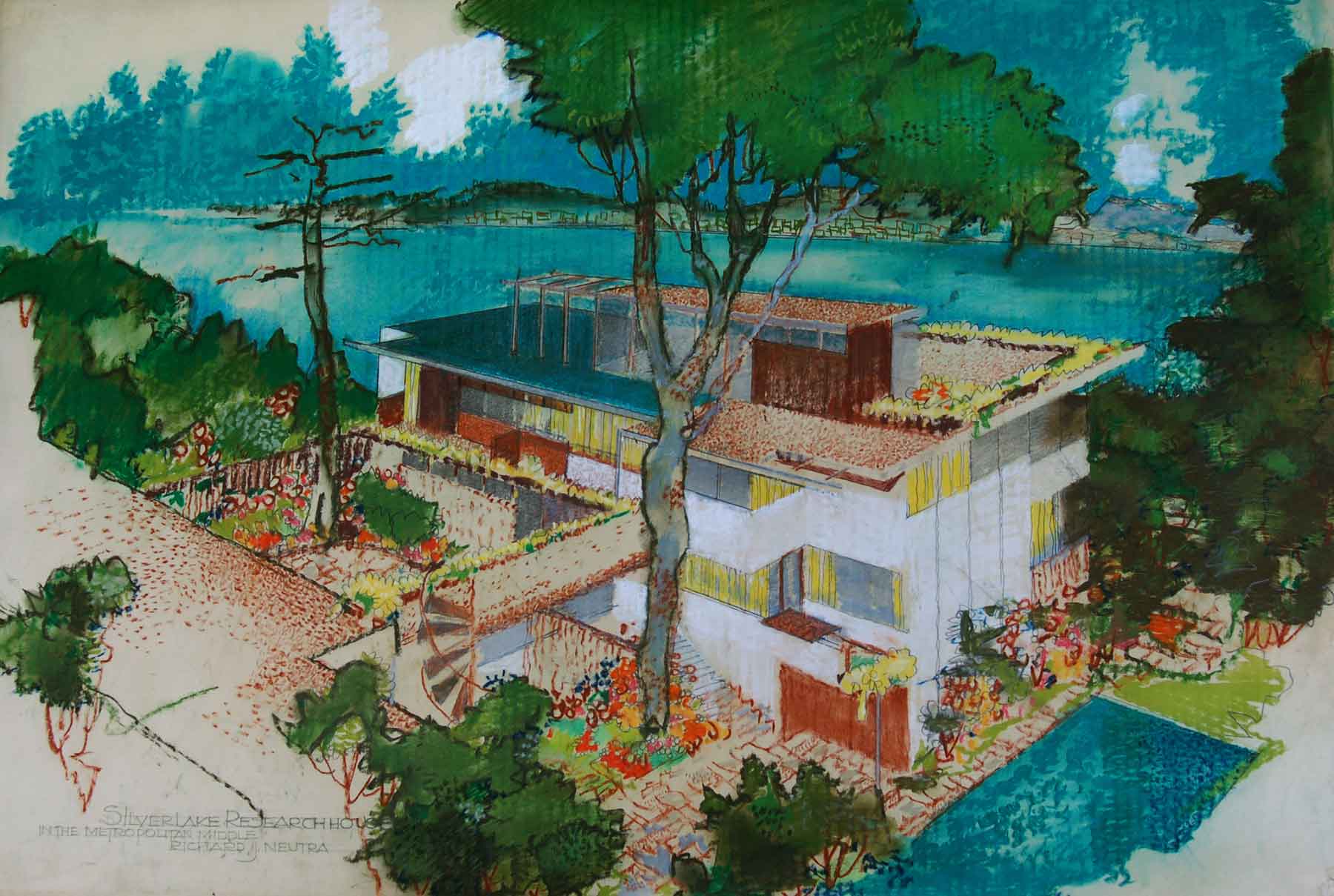

About
Kettal has replicated the design by Dion and Richard Neutra, while updating the materials and construction techniques. All the structural details, as defined by its creators, have been adhered to. The most outstanding morphological traits are:
(1) Predominantly horizontal lines, emphasised by the wooden strips running across the structure, protruding 500 mm at the ends. Richard Neutra himself referred to them in various texts, as: “Traditional Japanese architecture is horizontal; space is exclusively horizontal. Without a defined centre or axis, it extends as an aggregate of rooms of equal value, none of which is complete except in relation to the others. The space is flexible and transferable, without a fixed function. The use of the rooms varies over the course of the day and throughout the year.”
The space is flexible and transferable, without a fixed function. The use of the rooms varies over the course of the day and throughout the year.”
